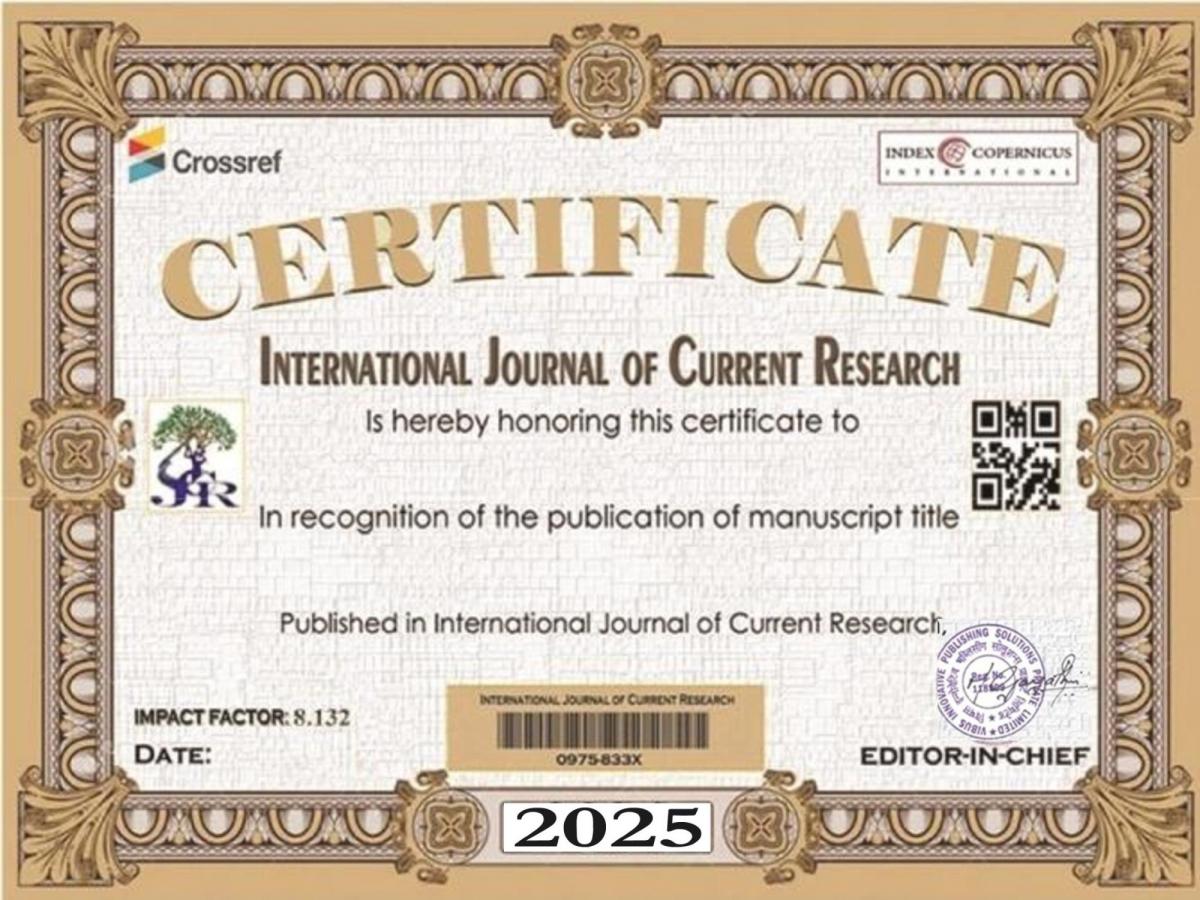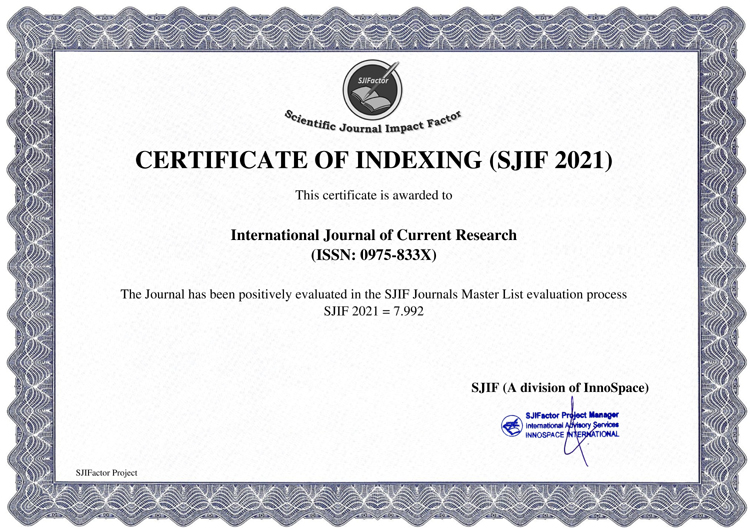Maize (Zea mays), the “Queen of Cereals,” is the world’s third most cultivated crop after rice and wheat, with global production exceeding one billion tons annually. However, fungal diseases such as Northern Corn Leaf Blight (NCLB), caused by Exserohilum turcicum, significantly reduce maize yield, threatening food security under changing climatic conditions. This study employs transcriptomic, network biology, and machine learning approaches to investigate maize defense responses against fungal infection. Publicly available RNA-Seq data comprising 27 maize leaf samples across three genotypes EtEC81 (fungal effector), GFP (control), and ZmEIP1 (elicitor-induced protein)were analyzed at 10, 14, and 21 days post-infection. Reads were aligned to Zea mays B73 genome, followed by differential expression (DEG) analysis, Weighted Gene Co-expression Network Analysis (WGCNA), and classification using Random Forest, XGBoost, Support Vector Machine, and Logistic Regression models. A total of 1,202 significant co-expressed genes and 350 DEGs were identified, enriched in immune signaling, hormone regulation, and metabolic pathways. Machine learning models converged on 4,280 key genes, highlighting pathogen recognition, transcriptional regulation, and cell wall reinforcement. Functional characterization revealed 65 transcription factors (notably bHLH), 145 resistance (R) genes dominated by kinase-class receptors, and 54 carbohydrate-active enzymes (CAZymes), particularly GT1, involved in secondary metabolism and defense responses. Protein–protein interaction analysis uncovered central hub genes, including stress-related kinases and glutathione transferases, underpinning immune suppression and metabolic reprogramming by the pathogen. These findings reveal stage-specific defense activation and recovery mechanisms in maize, offering potential disease-resistance candidates for breeding strategies. Integrating transcriptomics with machine learning provides a robust framework to dissect host–pathogen interactions in crop systems.





